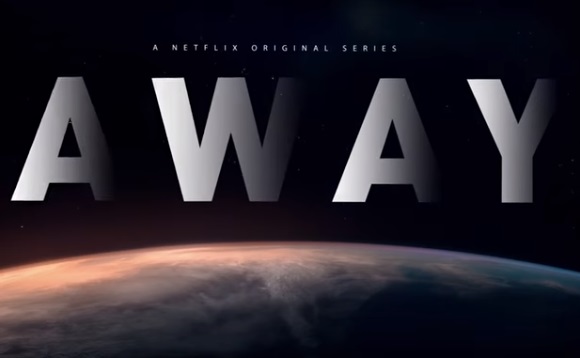SEPTEMBER 27, 2020 – Netflix and competitors have produced quality TV entertainment in volumes unimaginable a generation ago.
For many people isolated during the pandemic, Netflix is a godsend. Starting in March, I’ve watched 60 (!) episodes of Bolivar, dozens more of The Borgias, The Medicis, and Marco Polo. My wife, meanwhile, has watched This, That, and The Other (I’m making those up; I wandered in and out of “her” series without catching the titles; we watched together, in its entirety, Last Tango in Halifax.)
Yet, as Ecclesiastes says, “[T]here’s nothing new under the sun.” Serialization was quite popular among 19th century novelists. Charles Dickens got the ball—er, book—rolling with Pickwick Papers, published in 19 installments during 1836-37 in a one-shilling-per-edition newspaper. The affordable accessibility of his writing opened it to a whole new market. Dickens continued to serialize his works until his death in 1870. He switched eventually to magazines, when they competed with newspapers.
Dickens’ serial success was widespread. As a piece of my family’s oral history, my dad told me how my great-great grandmother in rural Sweden, of all places, would rush to the “post box” to retrieve the latest issue of a Swedish magazine in which installments of Dickens’ novels were published—in Swedish, of course.
Thomas Hardy, Robert Louis Stevenson, Anthony Trollope, George Eliot, Fyodor Dostoevsky, Honoré de Balzac, Mark Twain, Harriet Beecher Stowe, and many other famous writers joined the serial craze.
Last night my wife and I watched the first three episodes of the (serial) Netflix show, Away. Starring Hillary Swank as “Commander Green,” it revolves around a three-year manned and womanned mission to Mars by an international team of five astronauts under NASA leadership. All manner of personal drama, international friction, and intra-crew tensions are interwoven among adventures filling a break-through mission of discovery. Some of it gets a bit hokey, given the practical, theatrical need to compress time (weightlessness presents its own challenges) but we sat through three whole episodes and will gladly return for more.
If nothing else, the series prompts thinking about “big bold stuff”—juxtaposed with age-old aspects of the human condition.
A flashback scene features the crew at a press conference on the eve of their departure. A reporter asks the time-worn question, “How do you justify the cost of your mission when we have so many social imperatives to address here on earth?” Commander Green gives the time-honored response—a soliloquy about humankind’s need to imagine, explore, push perceived limits, etc. She also notes that compared to the nation’s annual military spending—a trillion bucks—the space mission costs no more than pocket change.
Upon hearing the latter contrast, I pondered the cost of producing the film series. Later, I looked it up: $6 million per episode, making it the most expensive Netflix production ever. Does Commander Green’s rationale for space bucks apply with equal force to entertainment dollars? Is the contrast with military expenditures analogous to entertainment vs. election campaign spending?
I say, “Roger. Yes! . . . Over.”
(Remember to subscribe to this blog and receive notifications of new posts by email.)
© 2020 by Eric Nilsson
